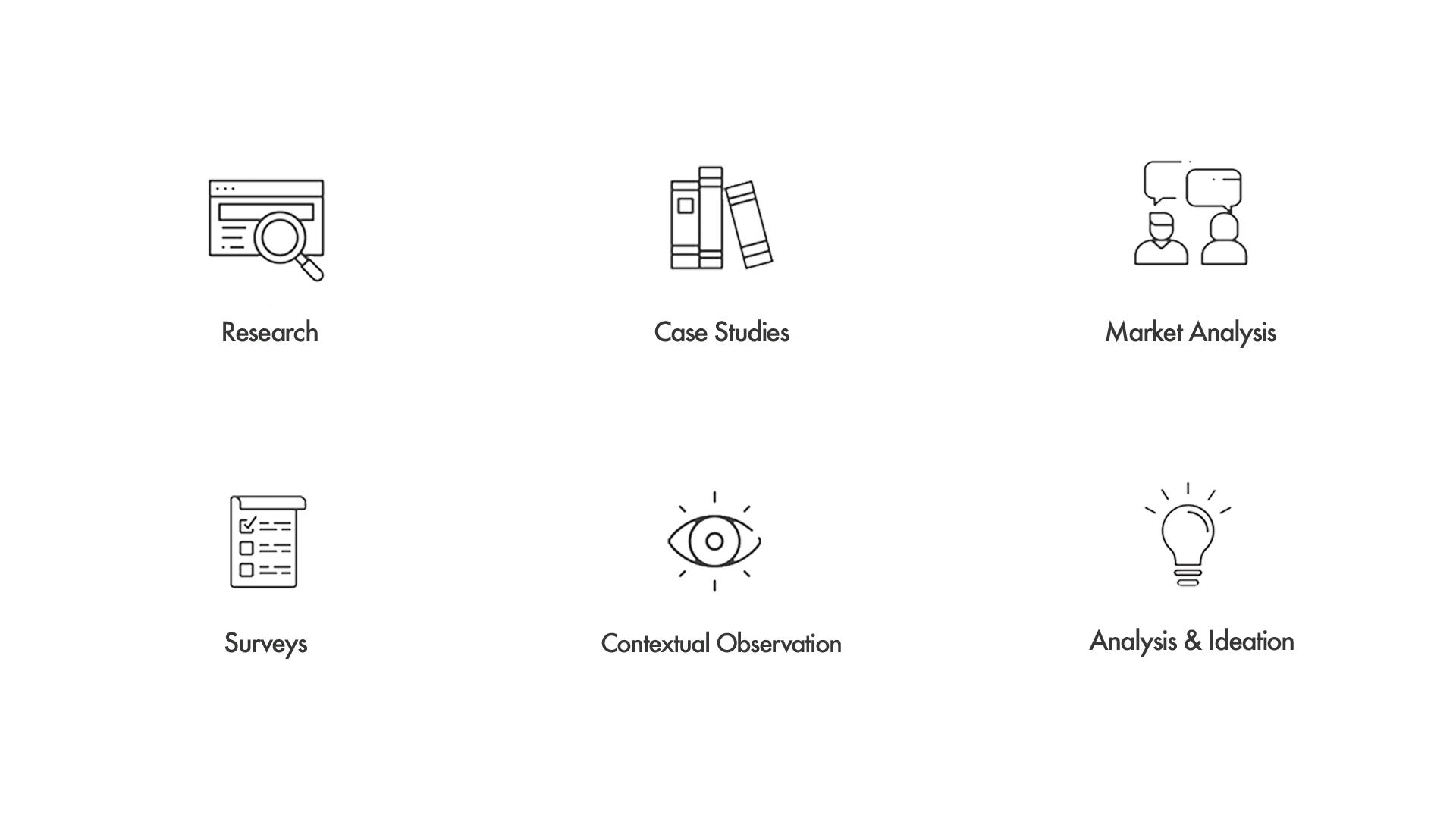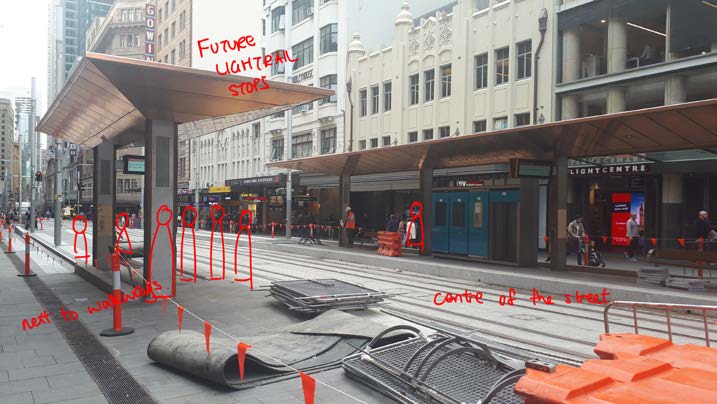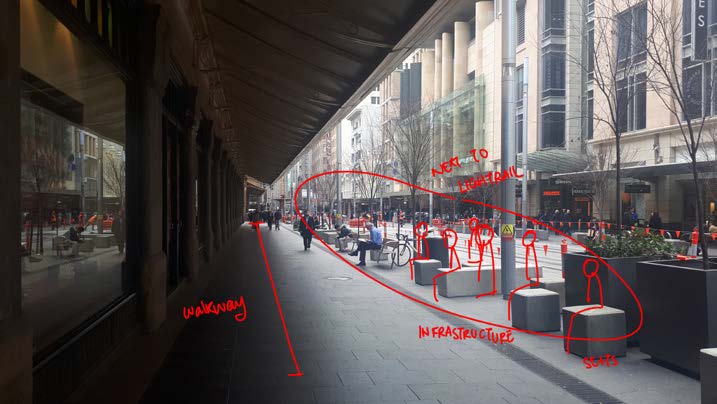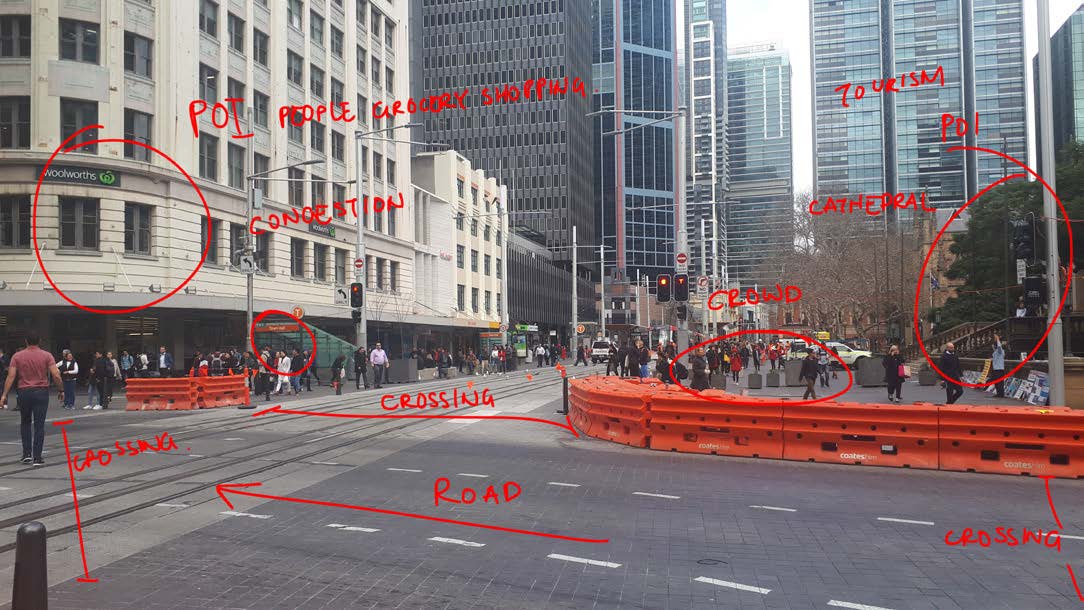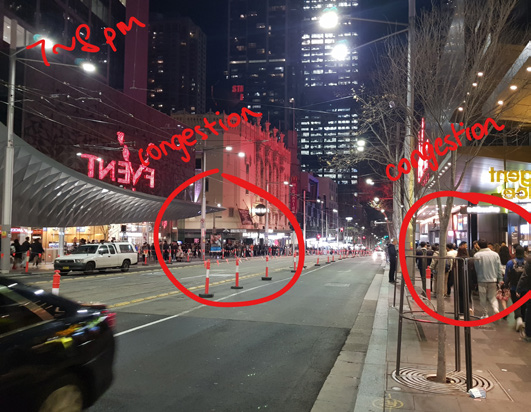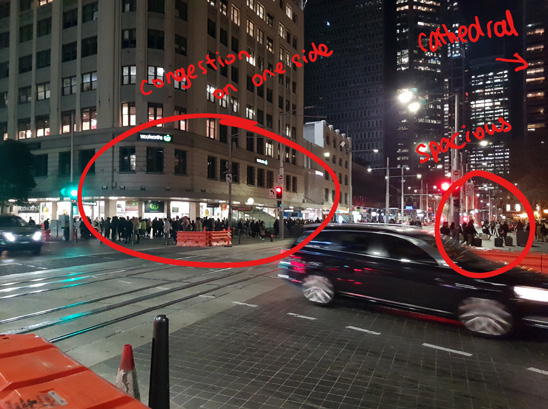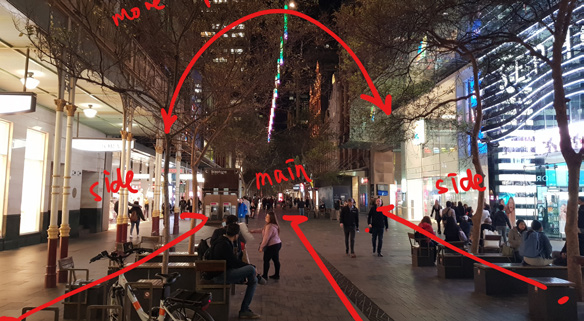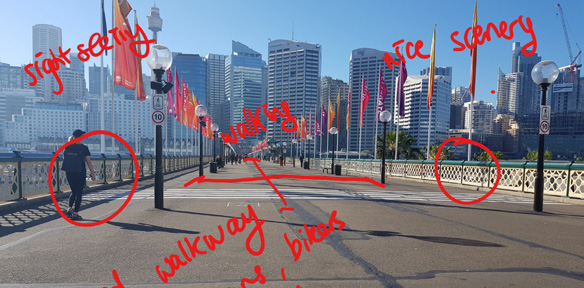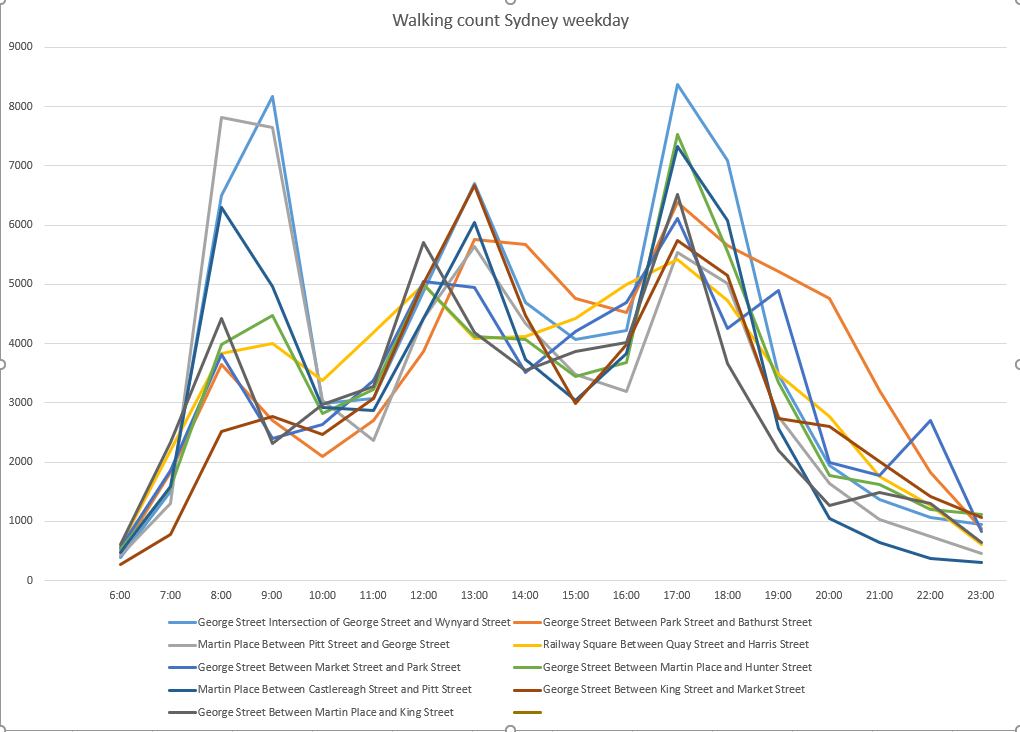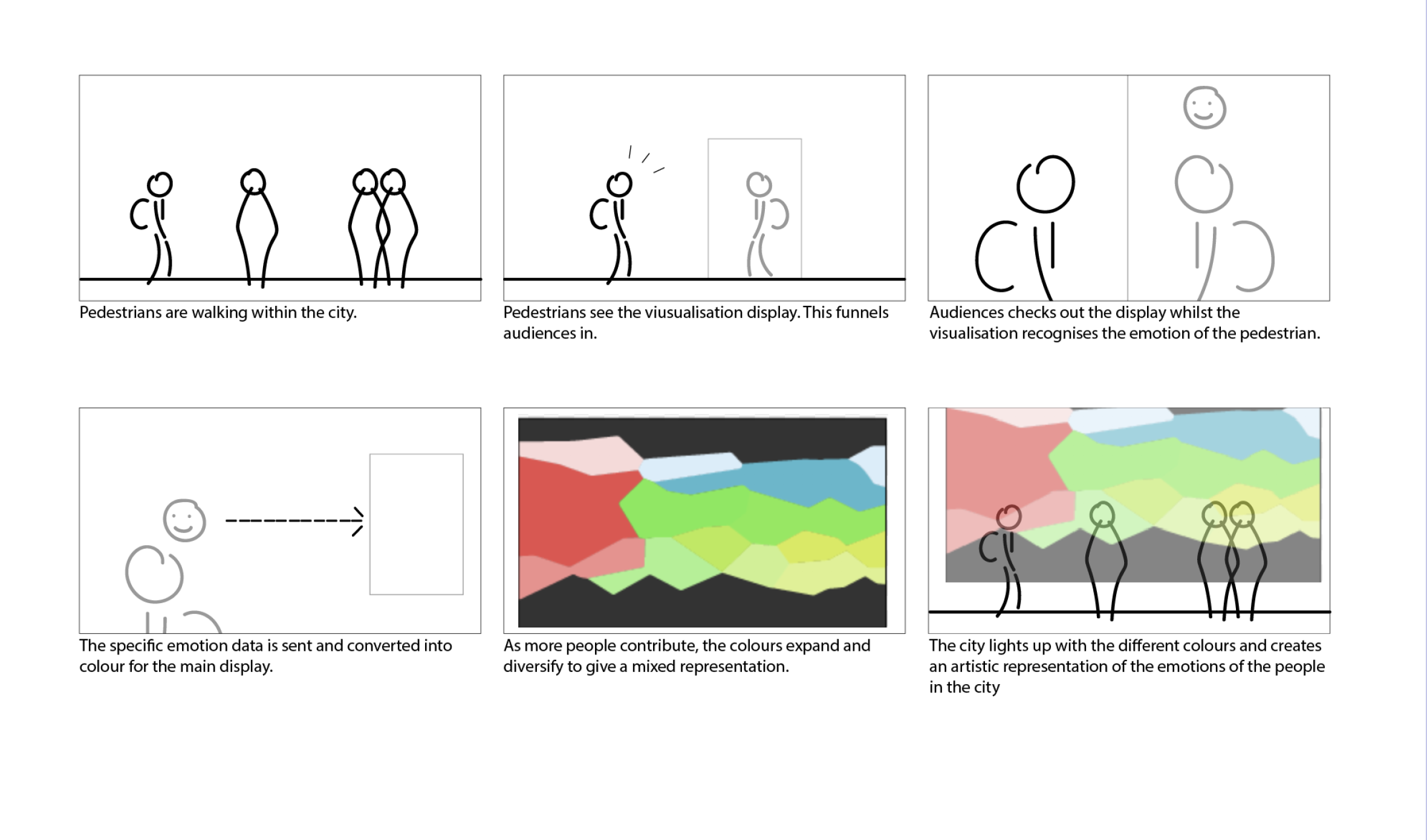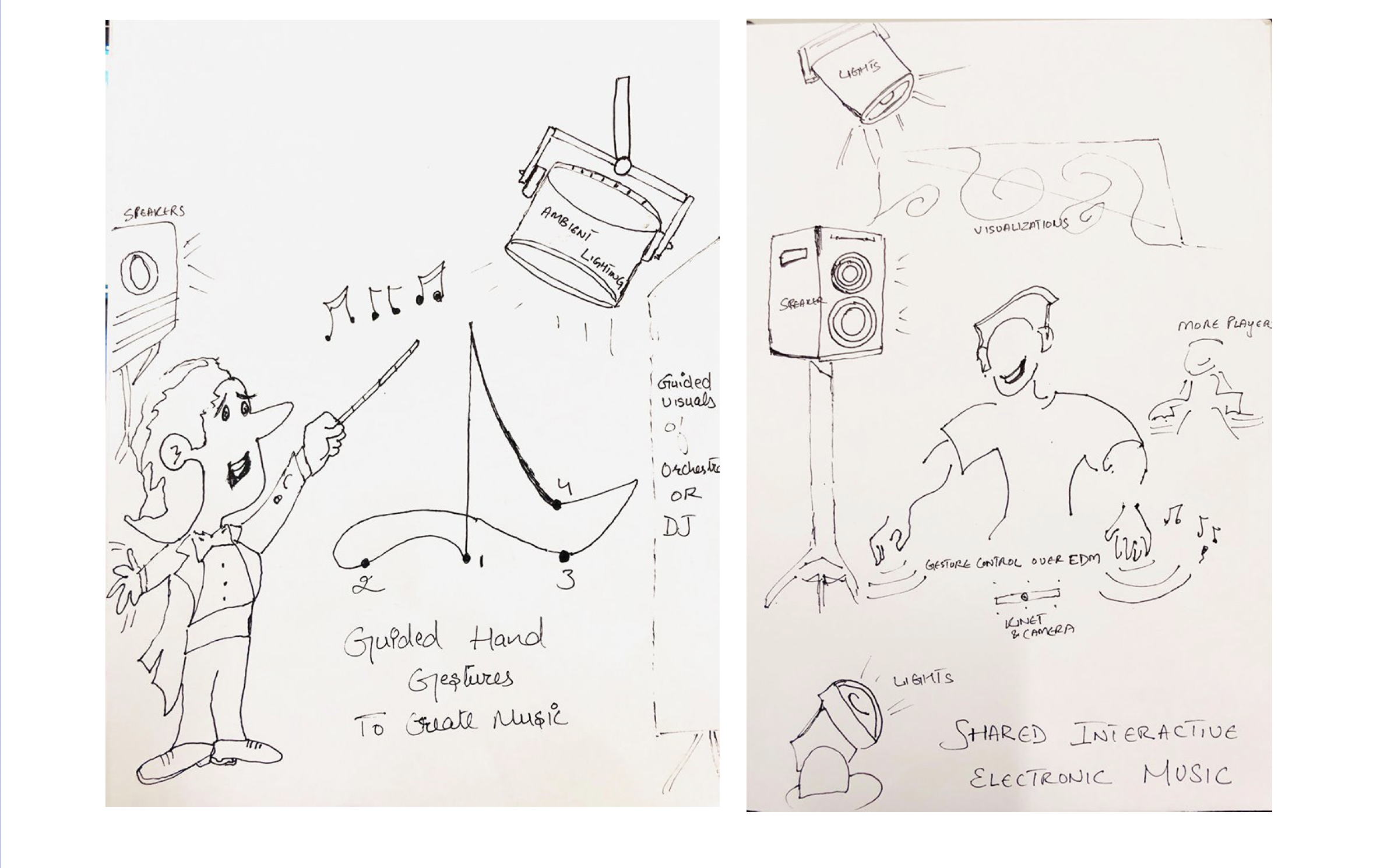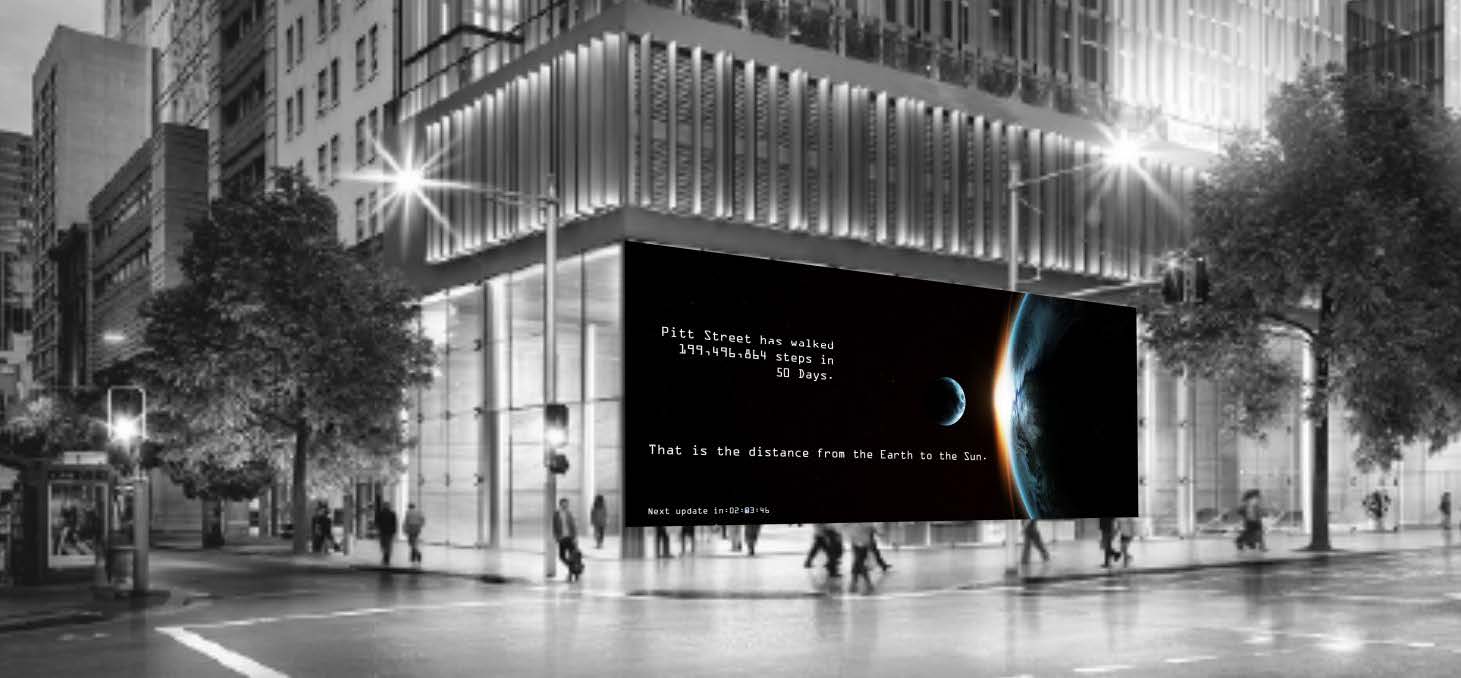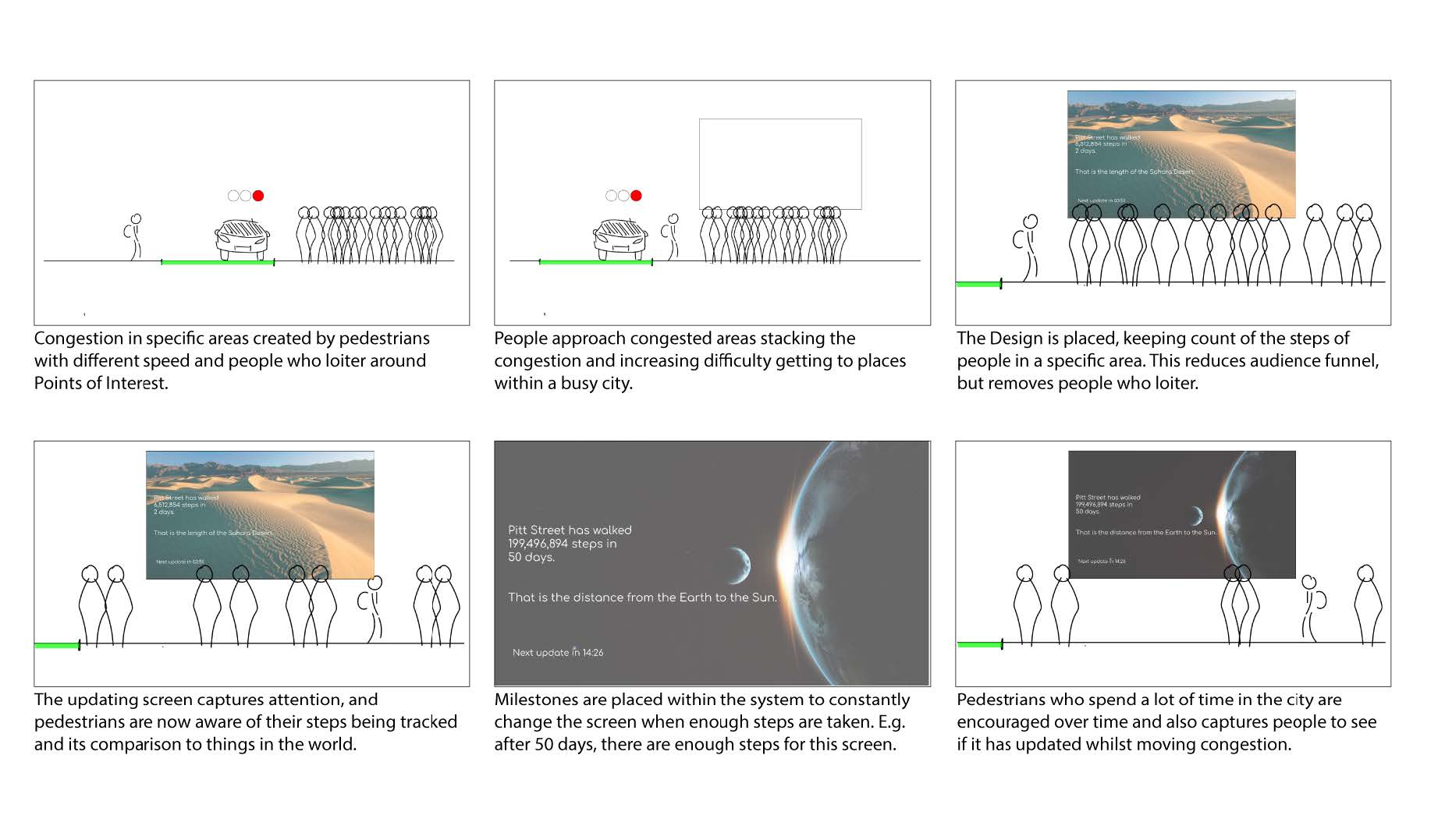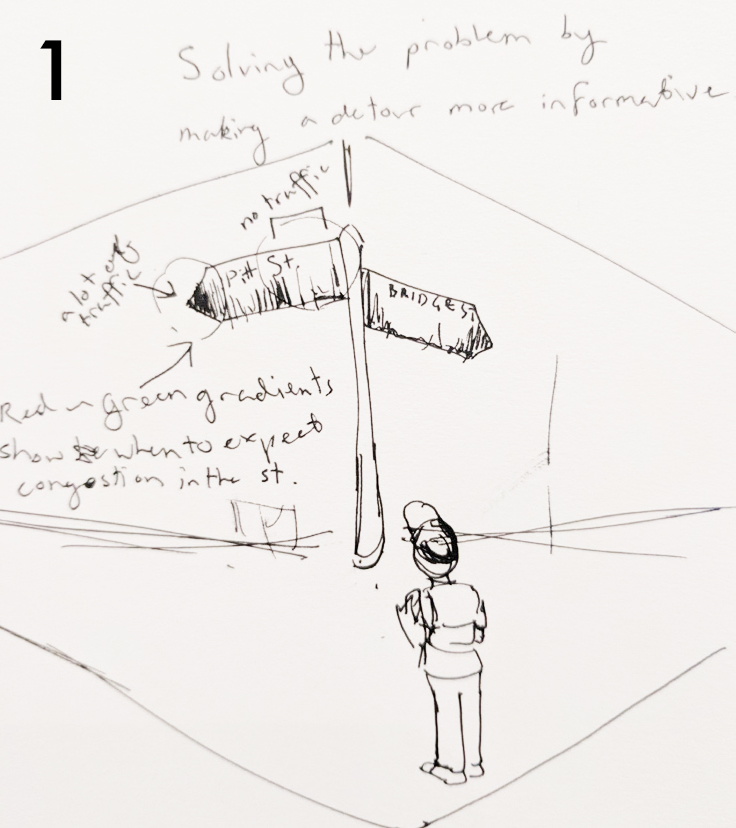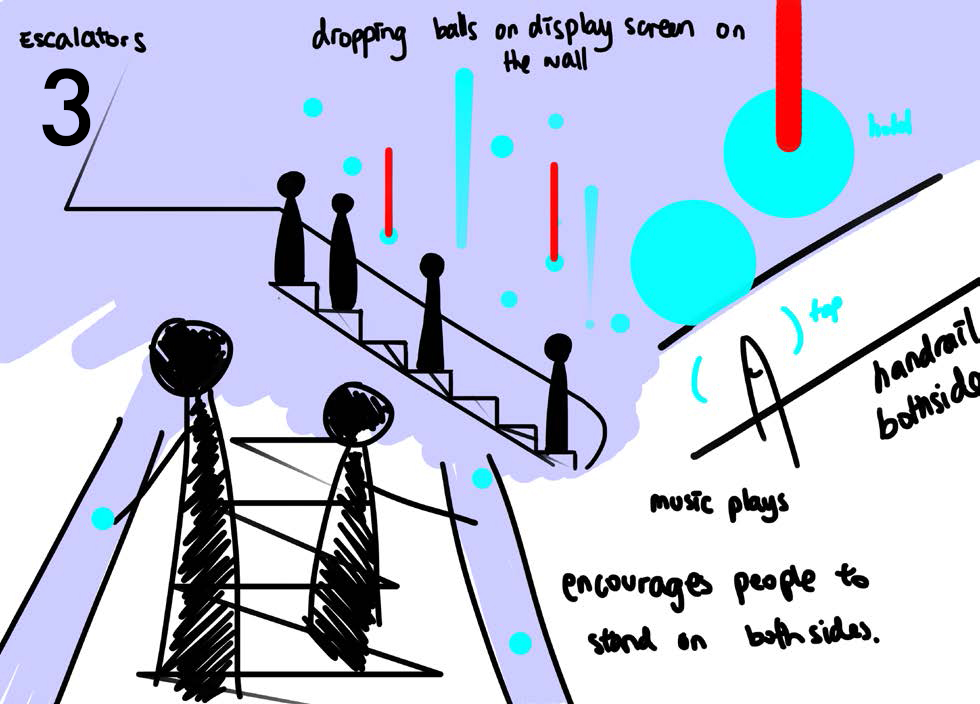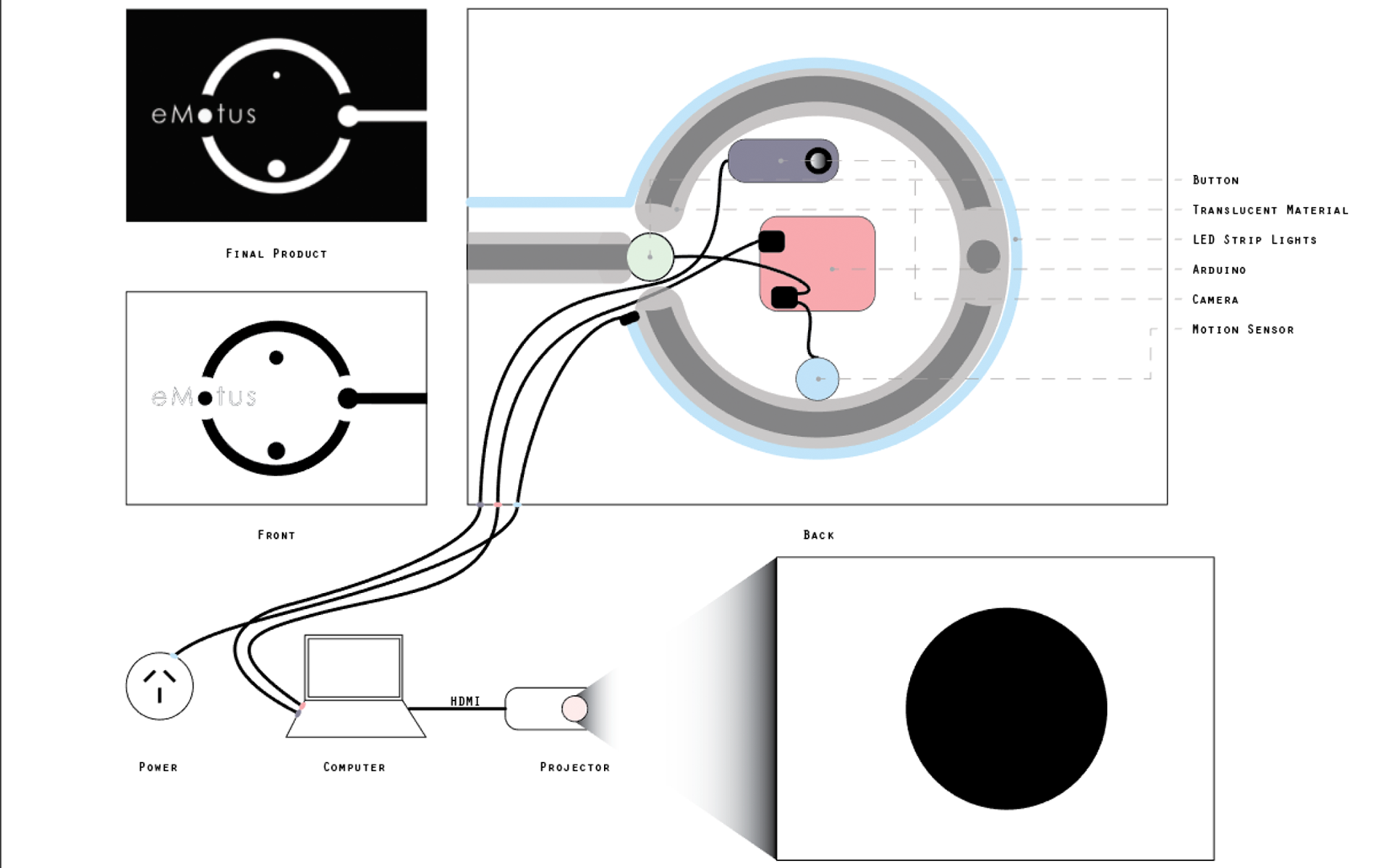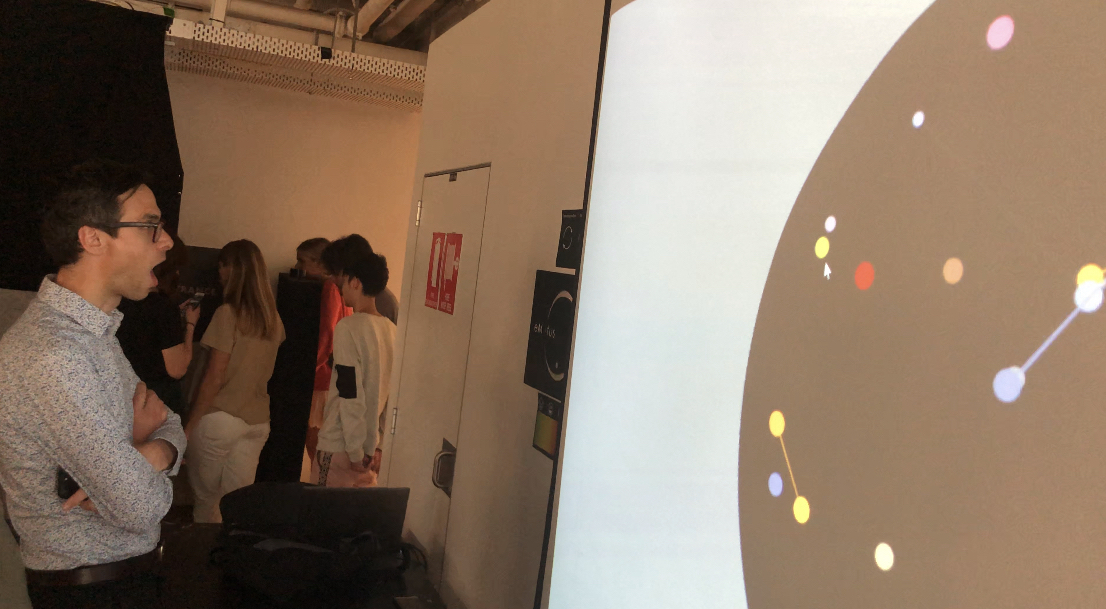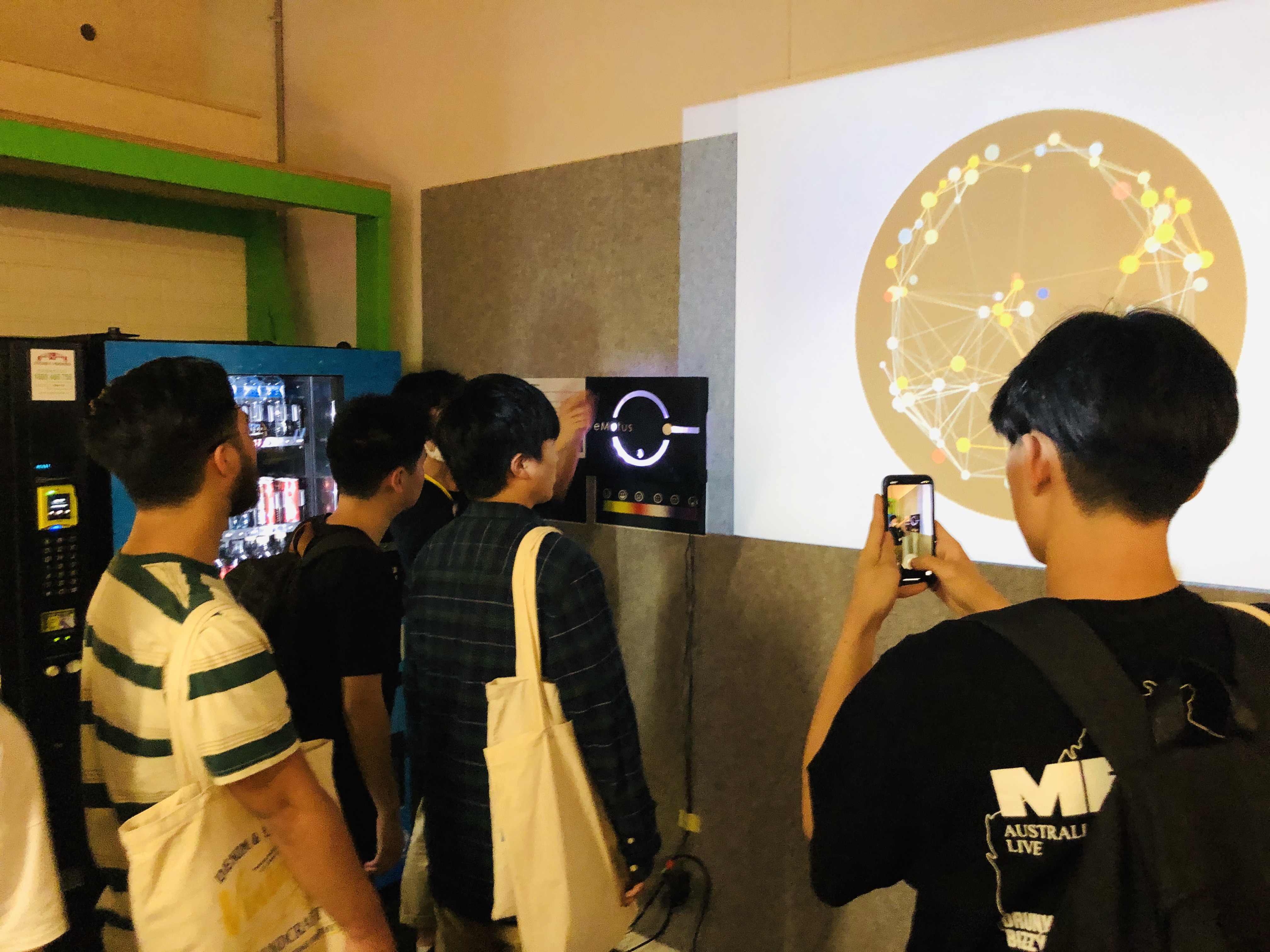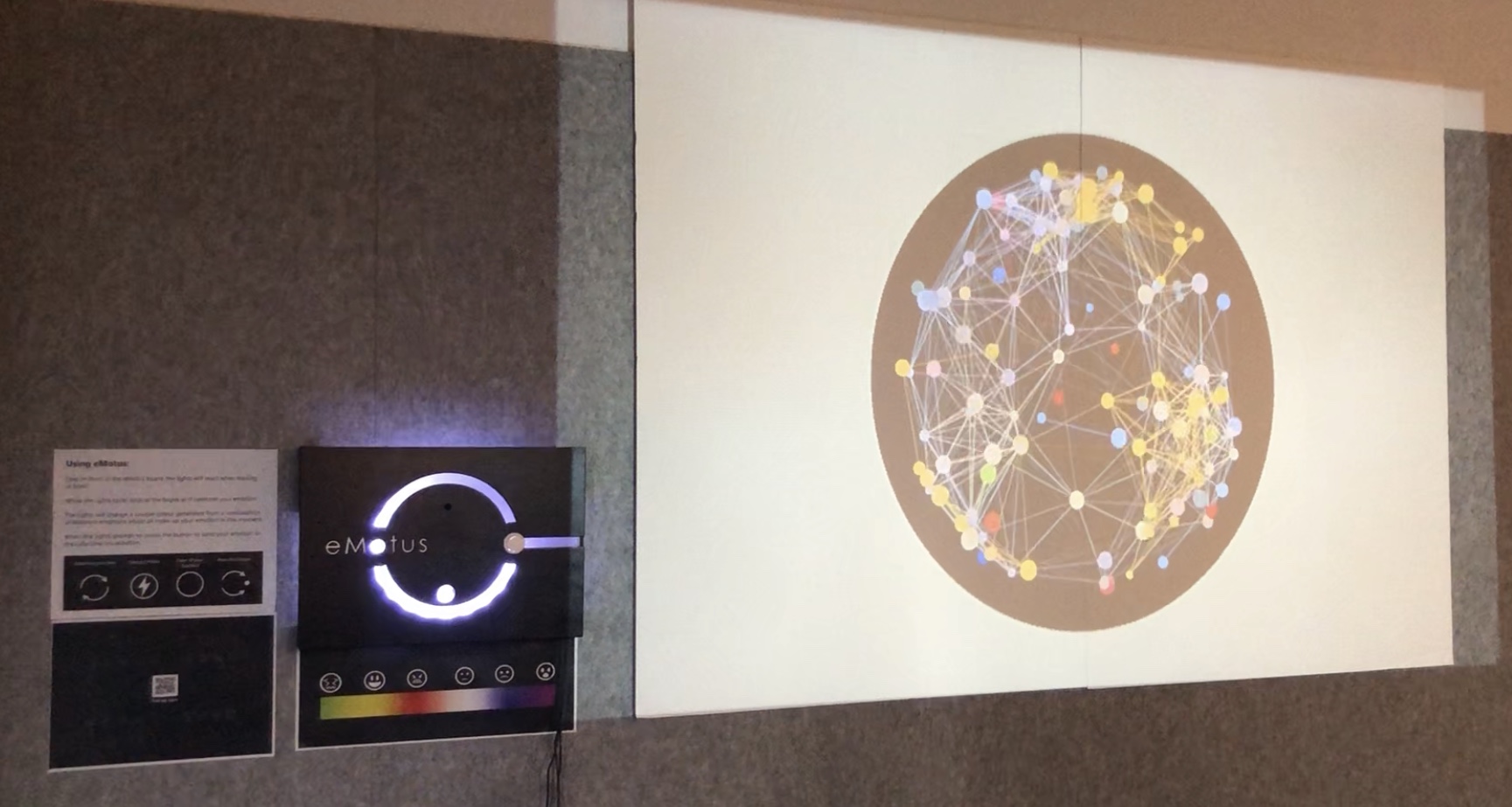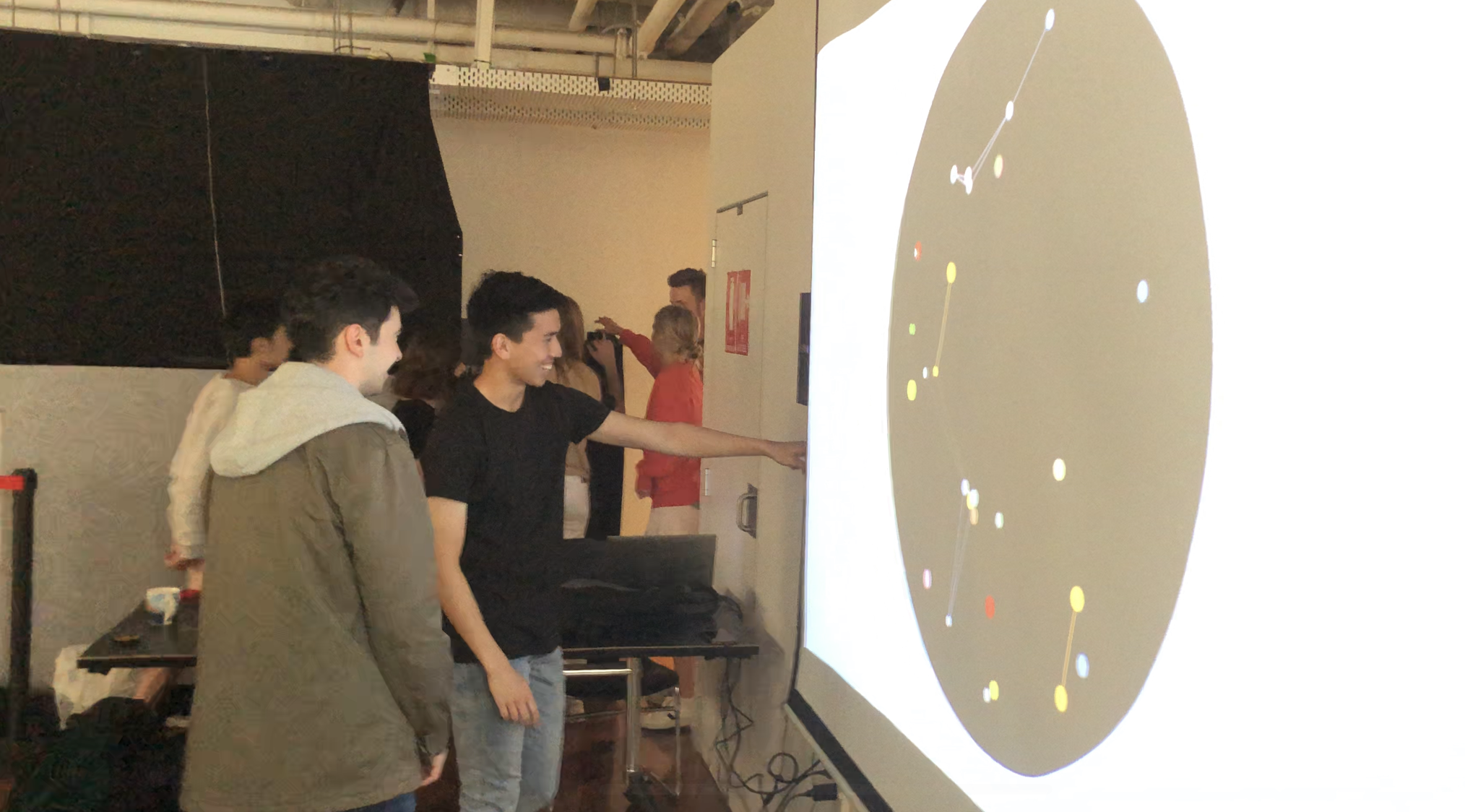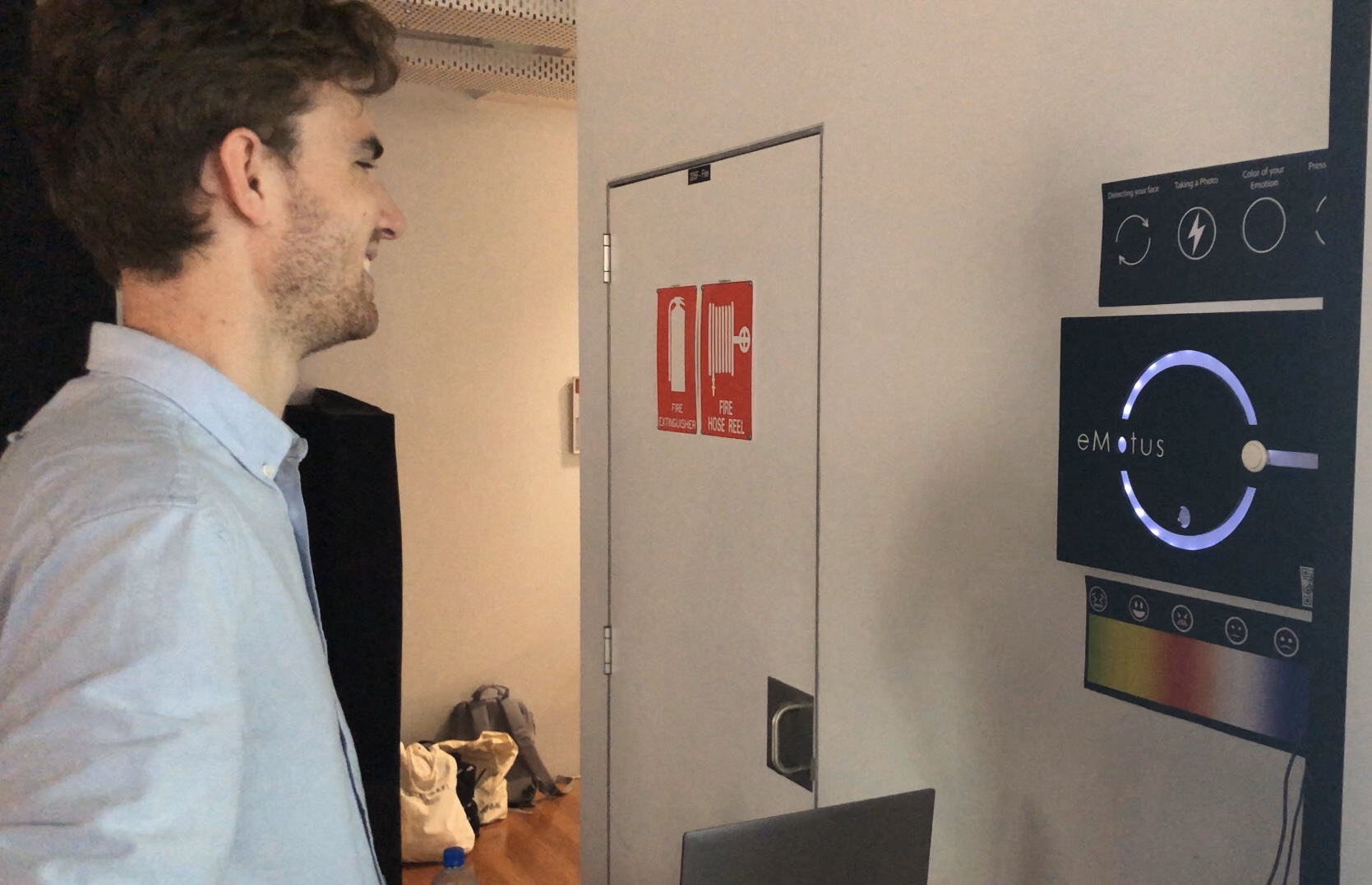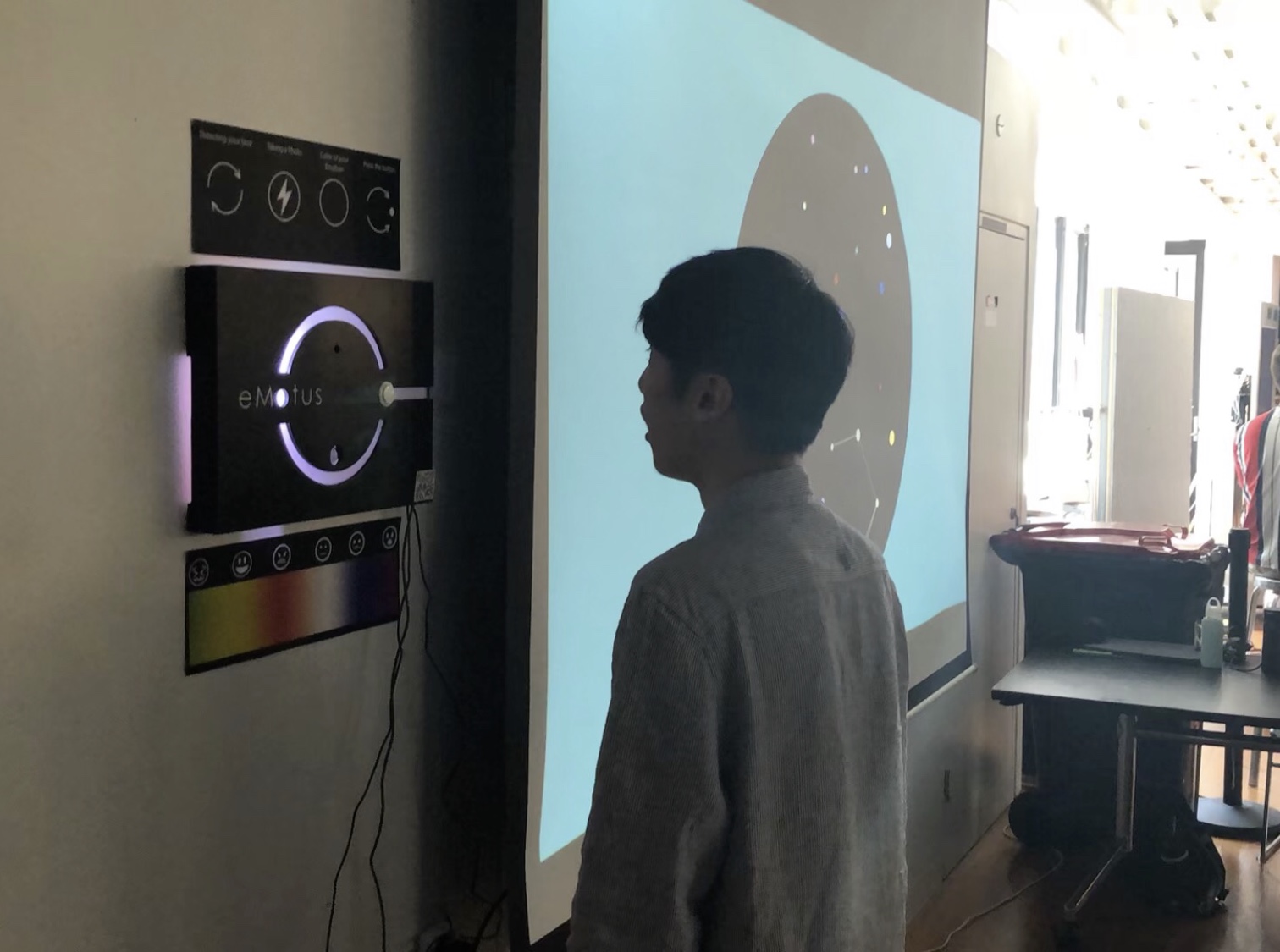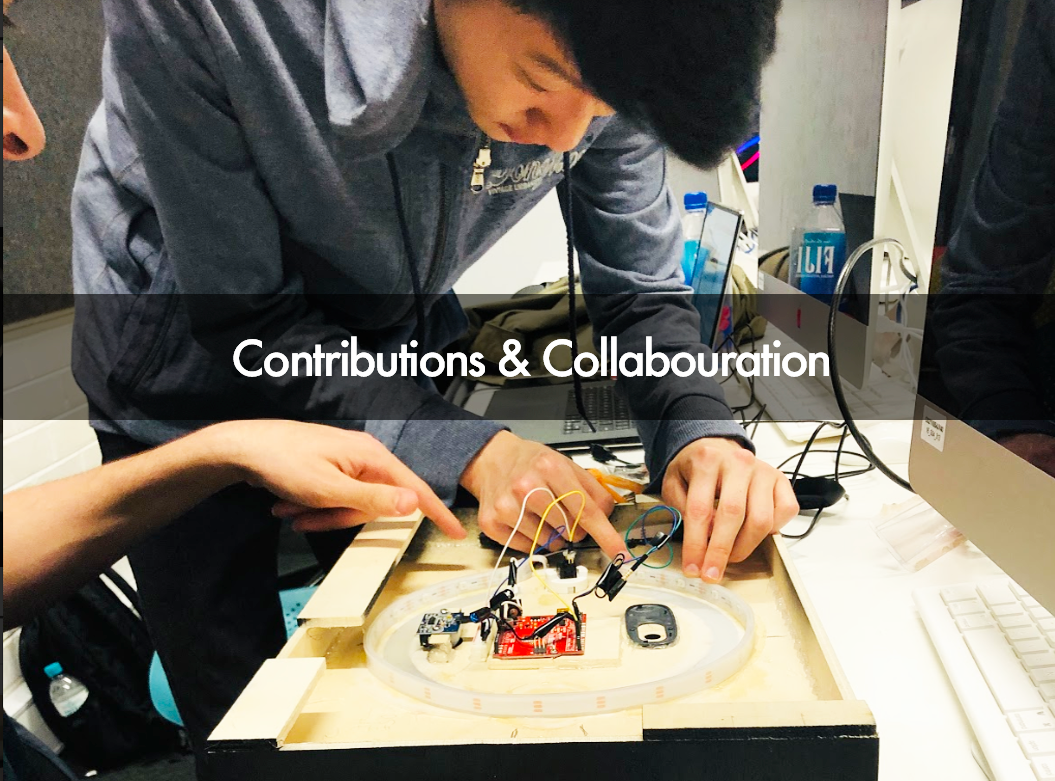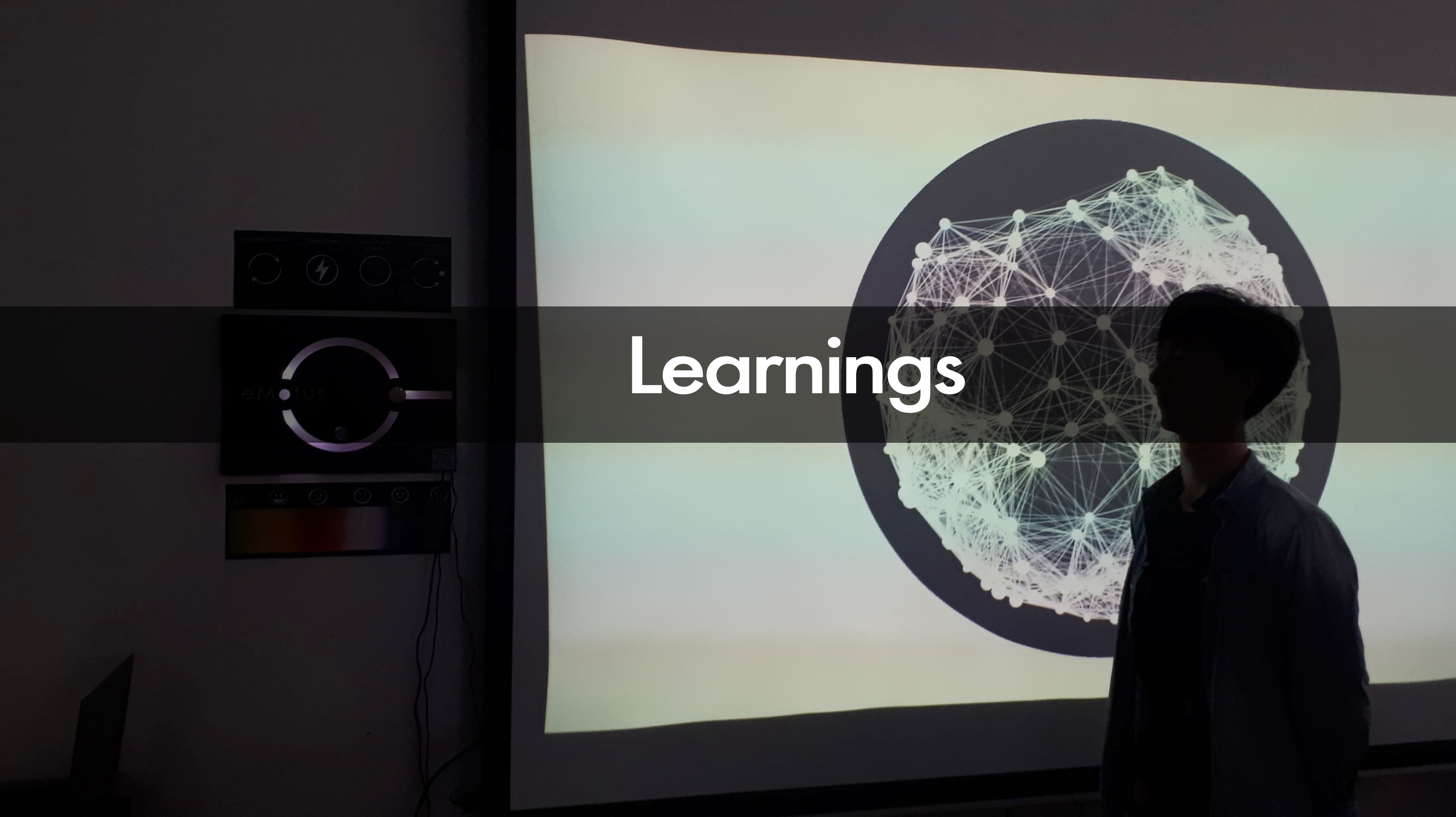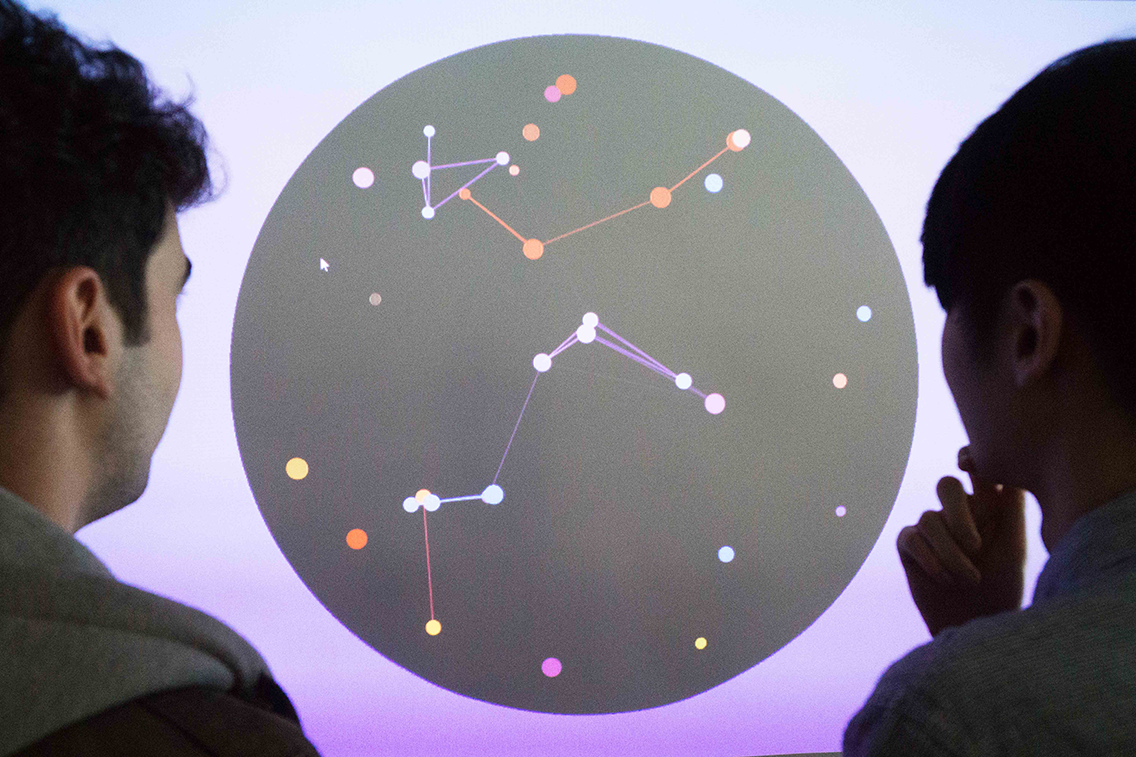
Overview
Design Brief: Augmenting Urban Experiences
As cities become increasingly urbanised and populated, pedestrian congestion
continues to rise.
Unsustainable numbers of people in these urban environments can lead to a lack
of walkability in cities, as streets dense with foot traffic lead to a more constant
need for repairs as well as safety concerns.
A lack of walk-ability in cities has been
proven to increase stress and anxiety for people, leading to a less approachable
environment for pedestrians and a lack of empathy towards other people on the
street.
About Project Emotus
eMotus is an interactive emotion tracking and visualisation system is a method of augmenting urban experiences, to give people a new way to perceive the often unseen information of emotion within these urban landscapes.
It is an interactive display that detects the emotions of a passerby that engages with it. Using facial recognition API, the emotion of the person interacting is determined and converted into a colour that best represents the data captured. The user is then prompted to use gesture control to contribute their emotion into a large art display of a mosaic of emotions, presenting the way people feel when walking to the public.
Timeline: 13 Weeks - 2019
Role: Researcher, UX/UI Designer, Product Designer, Web Developer and Videographer
Team: Abhinav Bose, Daniel Lee, Dominic Musolino, Ray Hwang
STAGE 1
a. Exploring the brief
b. Concreting problem
c. Research
d. Identifying user needs
e. Ideation
STAGE 2
a. Lo-fi prototype construction
b. User testing 3 concepts
c. Data analysis
d. Iteration of chosen concept
e. User testing
f. Decision matrix
STAGE 3
a. Physical product creation
b. Curating the UX
c. Website development
d. Software development
e. Visual art development
f. Product documentation
g. Exhibition
STAGE 4
a. Summary of project
b. Challenges during process
c. Experience and learnings
STAGE 1
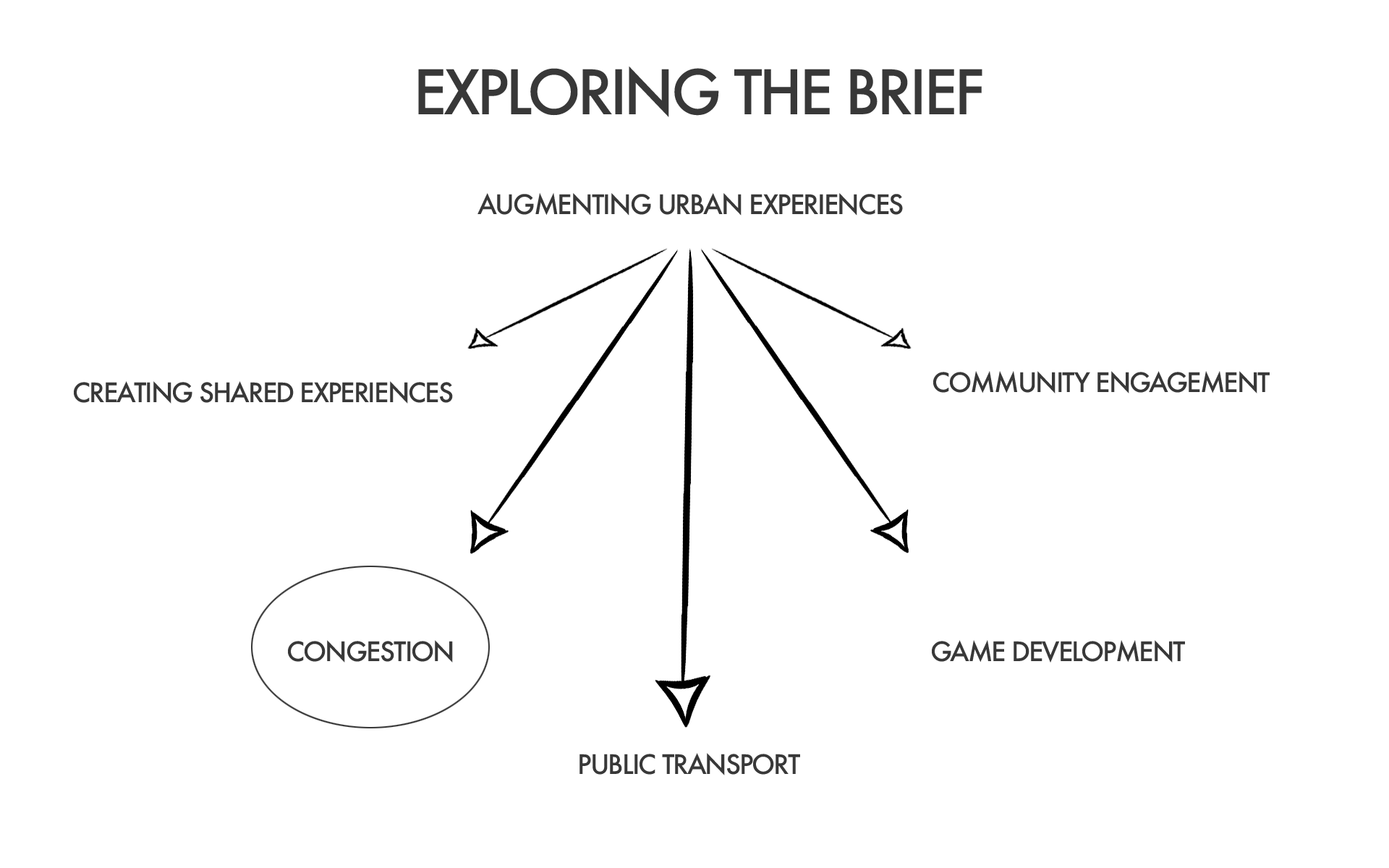
We were amazed by the amount of creative ideas that were running in our head related to this brief. We could tap into any domain and build something with an impact. We explored a couple of options based on things we wanted to improve around us. Finally after some research into different domains we could find the one that the entire team agrees upon. We all saw Pedestrian Congestion as a pressing issue in our city and hence we did further research on it.
